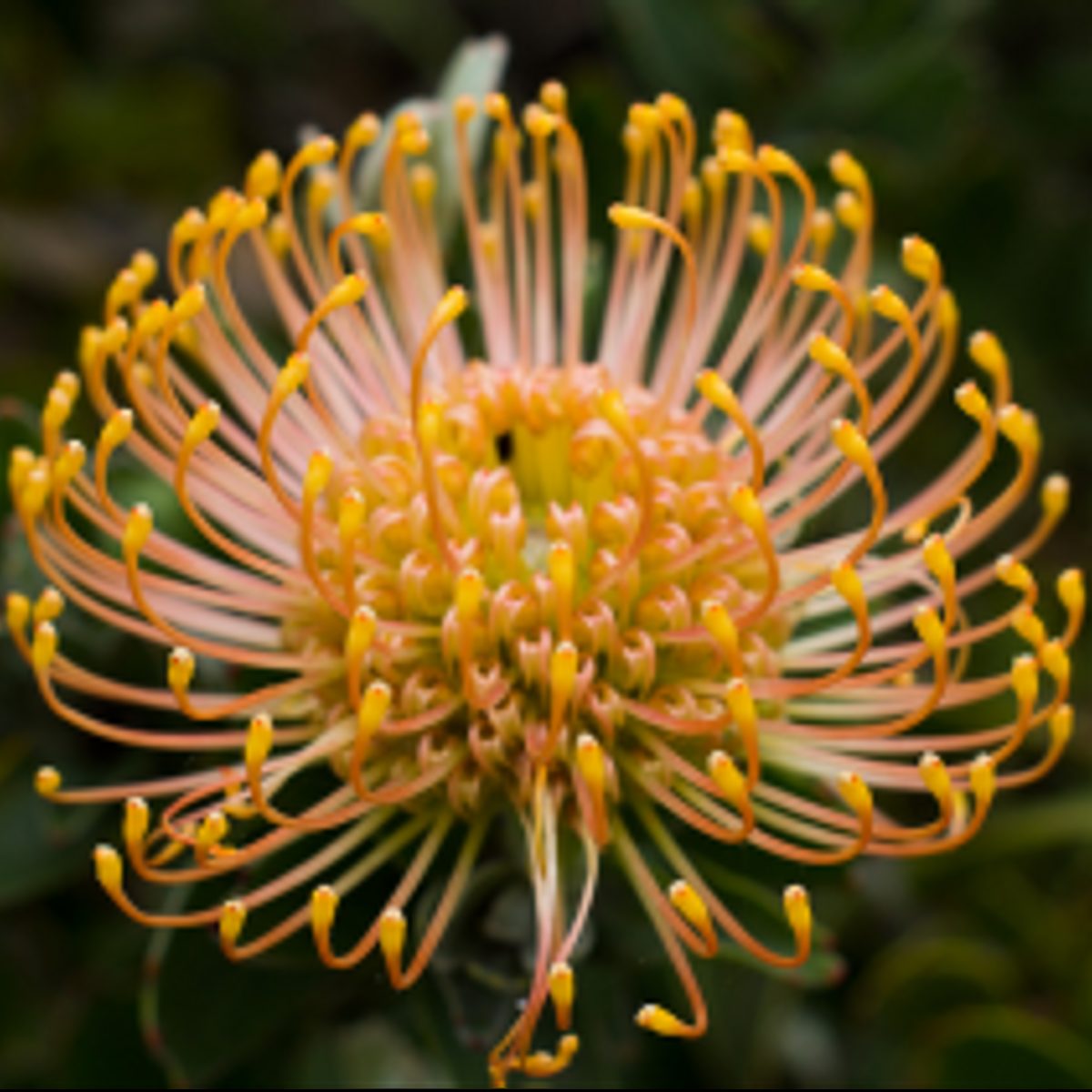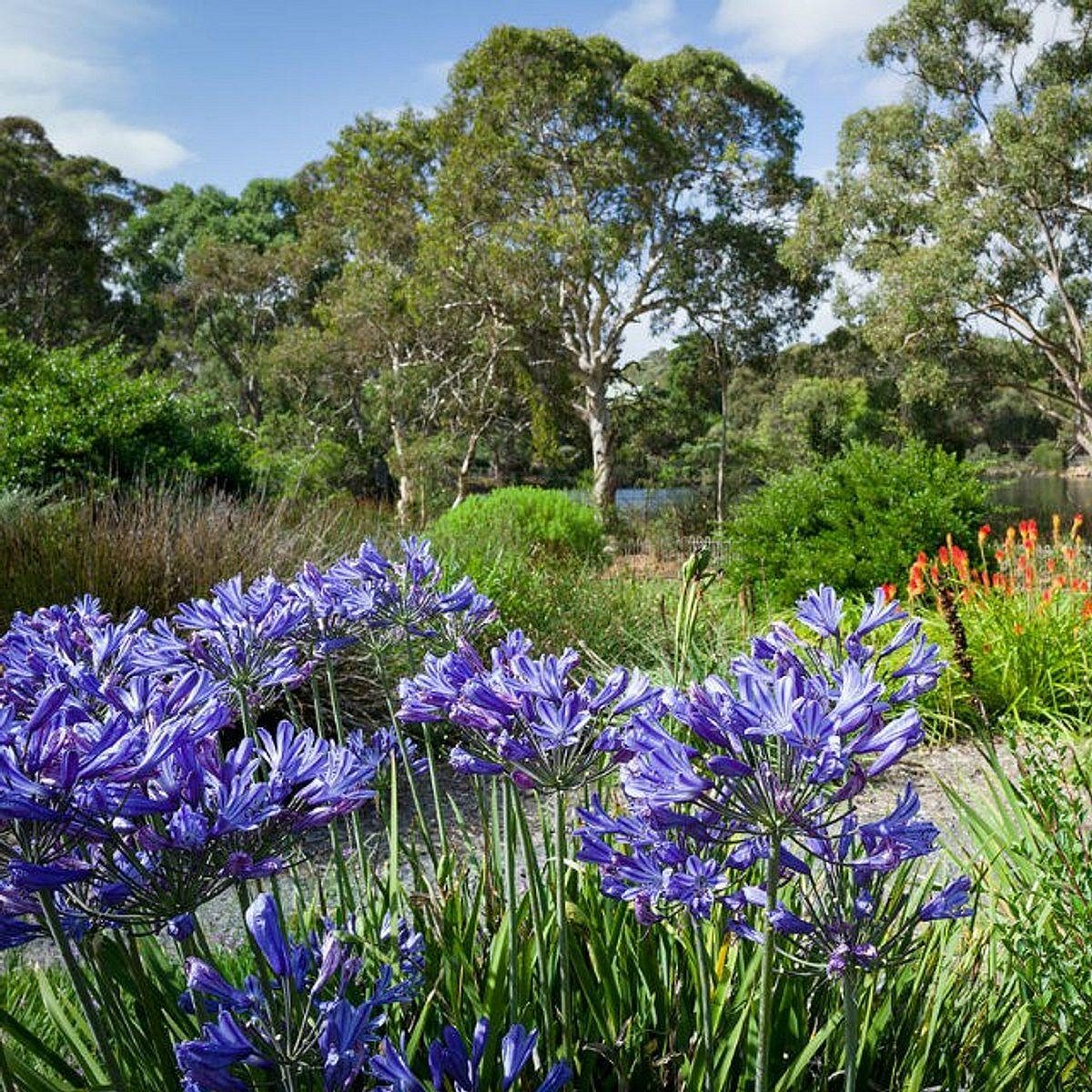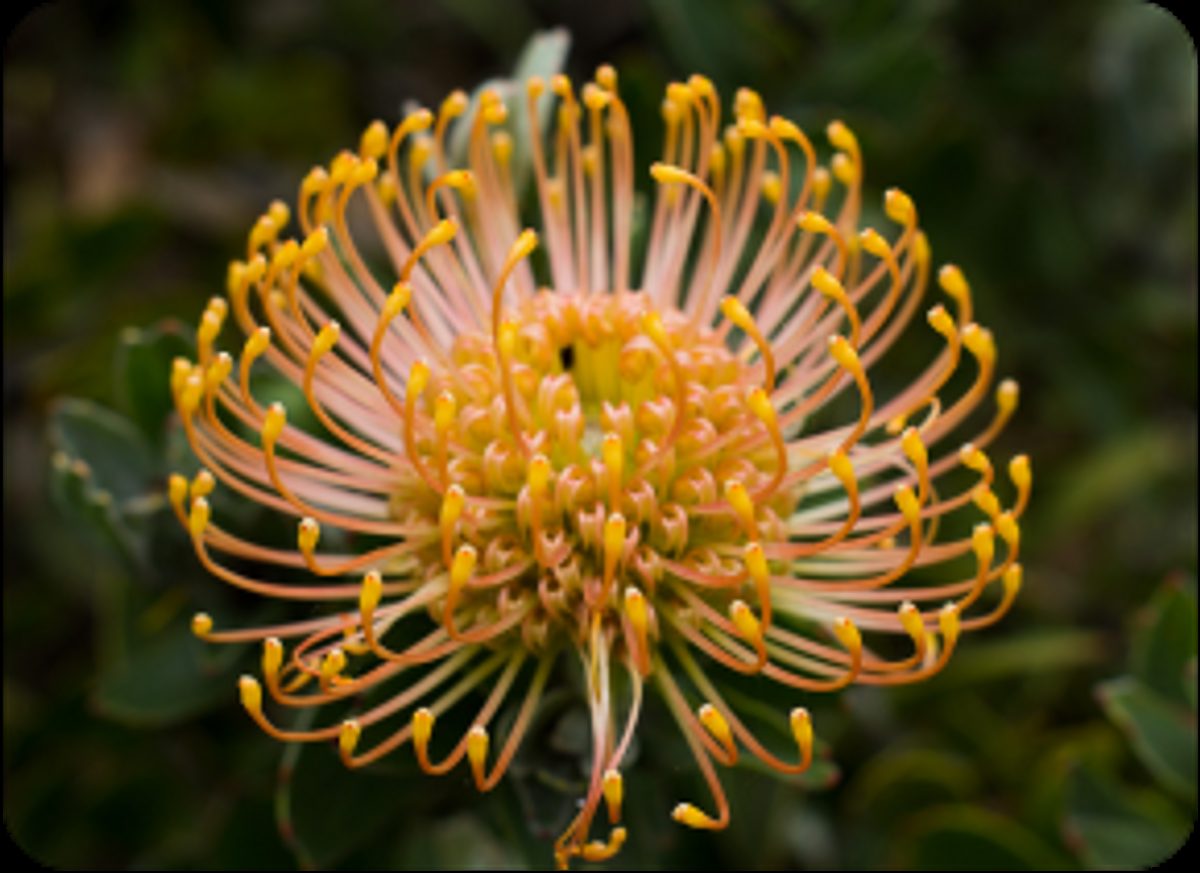



Wittunga is home to a huge variety of bird and animal life that are attracted to the Gardens’ flora.
Here's where you might find them.
As you enter Wittunga Botanic Garden, you’ll instantly notice the calls of the amazing birds that call Wittunga home.
Spend time spotting native birds, which are attracted by the sweet nectar and fruit produced by native Australian plants found in the Bird Garden.
Eastern spinebills, New Holland honeyeaters and wattlebirds can be seen collecting nectar. In doing so they pollinate Australian Banksias, Hakeas and Grevilleas, as well as some South African Proteas.
The Butterfly Garden is a beautiful demonstration of the two types of plants required to attract butterflies – sweet nectar plants that provide butterflies with the energy they need to fly and food plants that provide a place where the female butterfly will lay her eggs and provide food for caterpillars. In return butterflies act as important pollinators.
The Billabong features Australian wetland plants, including Forest Oak (Allocasuarina torulosa). The Billabong is the perfect place for families to visit, with a large lawn area, plenty of shade and plenty to see. Watch the purple swamphen, wood duck and black duck splashing and diving in the water and try to spot the honeyeaters, rosellas, lorikeets and other parrots that nest in the nearby eucalyptus collection.
Take a stroll around the Main Lake to watch the bird life, and spot turtles soaking up the warmth of the sun.
The Grey Box Woodland is the main, naturally-found ecosystem in this part of the Adelaide Hills and now occupies less than 3%of the area it once did before European settlement due to urban development.
The Grey Box Woodland provides important natural habitat for native animals and if you are lucky, you might spot a koala or two.
When you visit the Garden you will see signs dotted about the place asking that you do not feed the wildlife. This is for several reasons:
The welfare of animals and birds that are attracted to, and become dependent on, artificial food sources is of real concern.
Food fed to wildlife (like bread) almost always has low nutritional value and can be harmful to the animal eating it.
Feeing wild animals may also prevent their young from learning how to forage, making them reliant on humans to survive.
Birds will often become aggressive and persistent in their attempts to snatch food. This increases the risk of accidental injury, especially to small children. Birds waiting for food handouts cause a nuisance, and sometimes a danger, to visitors.
Animal feeding attracts pests and vermin such as rats and can make wildlife vulnerable to predators. It also increases the level of animal droppings, especially around popular areas.
We appreciate that feeding ducks has long been a popular activity for visitors. But as with other Botanic Gardens across the world, we've put this measure in place to improve the overall experience for visitors and, ultimately, to protect the wildlife that frequents the Garden.